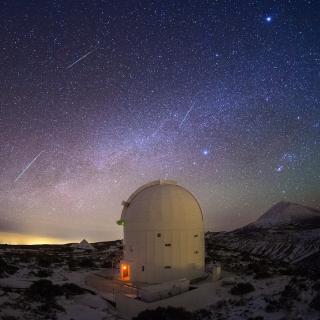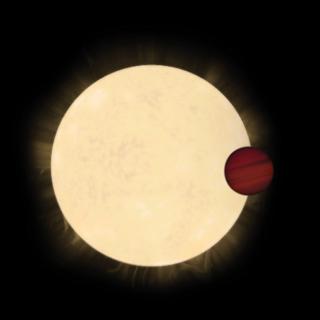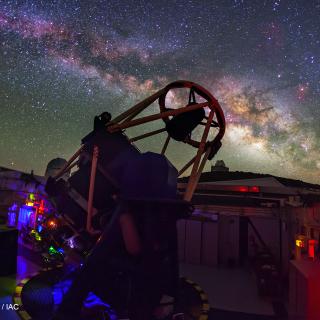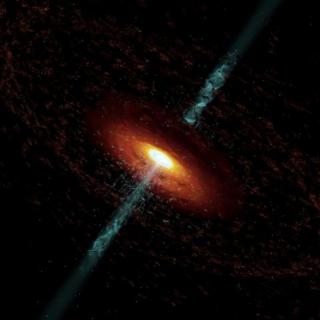
On the night of 21st April we will be treated to the maximum of the Lyrids meteor shower. Just as for the other recent astronomical events we will have to see them from home, so that we will need to be very patient, because they will appear with a frequency of barely one every 10 or 15 minutes.
Advertised on




